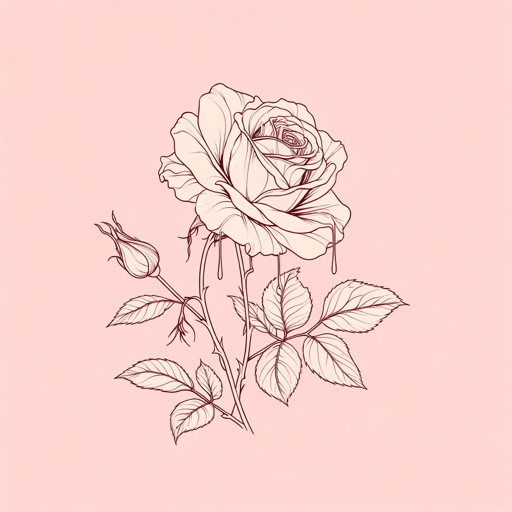19 pages • 38 minutes read
William BlakeThe Sick Rose
Fiction | Poem | Adult | Published in 1794A modern alternative to SparkNotes and CliffsNotes, SuperSummary offers high-quality Study Guides with detailed chapter summaries and analysis of major themes, characters, and more.
Background
Religious Context
All of Blake’s writings are in some way informed by his religious beliefs. Though Blake’s own take on Christianity is highly idiosyncratic and does not align with traditional doctrine, he still relies on a shared stock of imagery and narrative to inform and enrich his poetry. “The Sick Rose” leans heavily on the narrative of the expulsion of humanity from the Garden of Eden after Adam and Eve ate from the Tree of Knowledge, and understanding the poem requires basic knowledge of the role of innocence in Christian theology.
Most Christian sects view innocence as humanity’s default state—or at least its state of creation. Adam and Eve, the first man and woman, were molded from clods of clay in the Garden of Eden, a paradise on Earth. There, they were to tend to the garden’s plants and animals and maintain dominion over them but were explicitly instructed not to eat from the Tree of Knowledge. In the Biblical story, a snake appears and tempts the couple to eat from the tree, which provides them with the knowledge of good and evil and corrupts the world. In John Milton’s retelling of the Fall, Paradise Lost, the snake is refigured as Satan, a fallen angel and God’s 







Related Titles
By William Blake
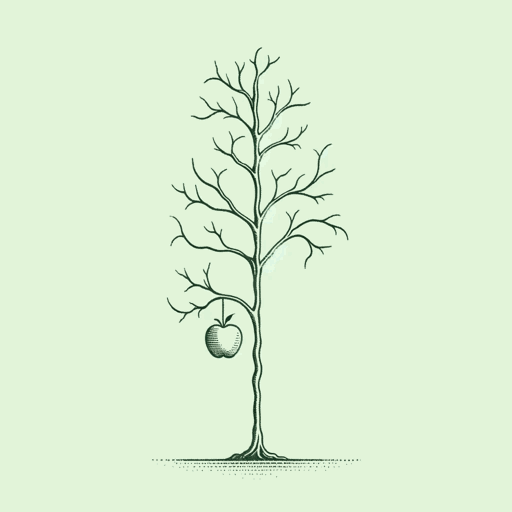
A Poison Tree
William Blake
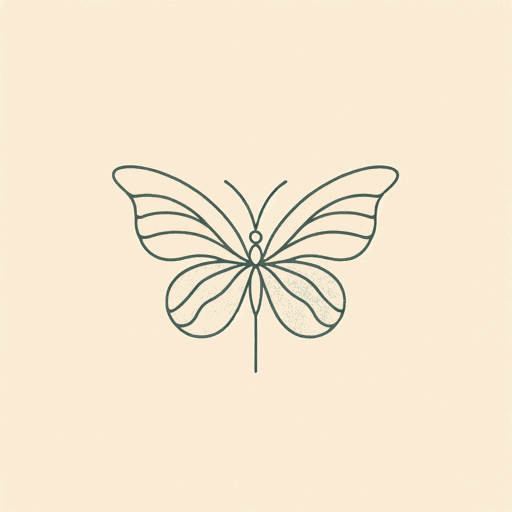
Auguries of Innocence
William Blake
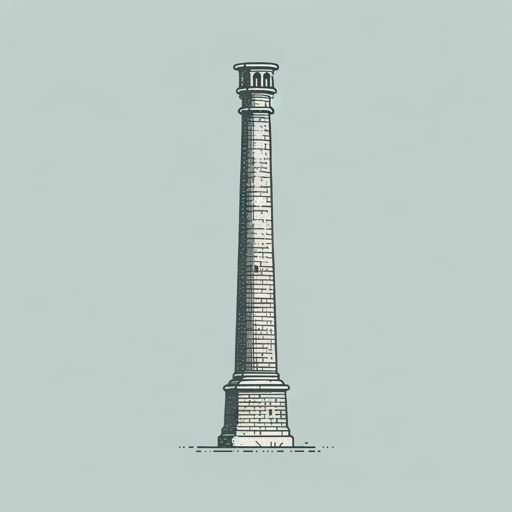
London
William Blake
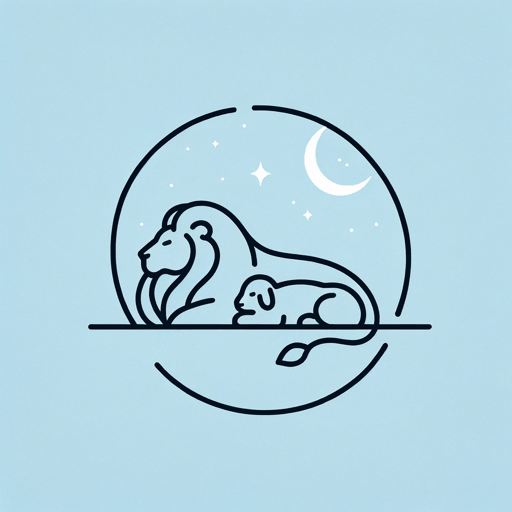
Night
William Blake

Songs of Innocence and of Experience
William Blake
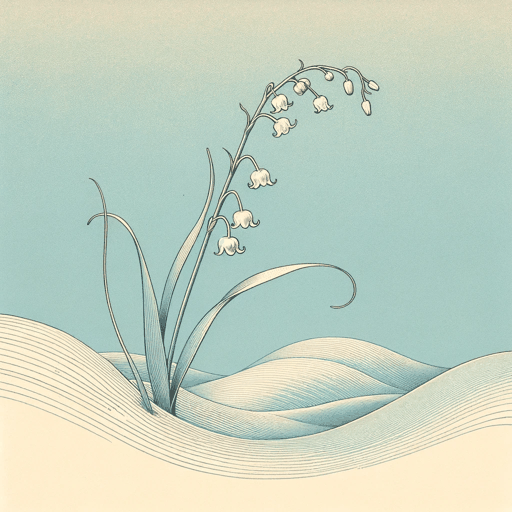
The Book of Thel
William Blake
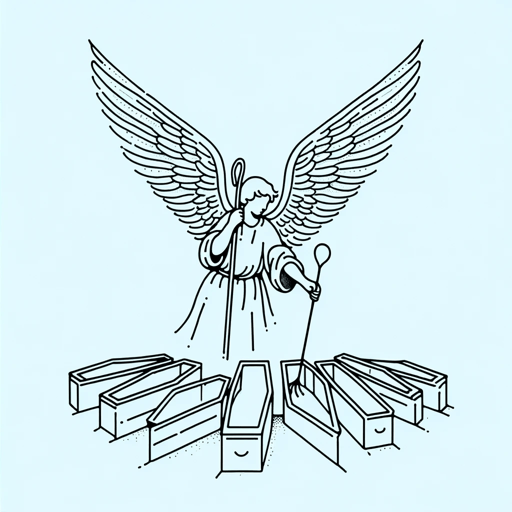
The Chimney Sweeper
William Blake
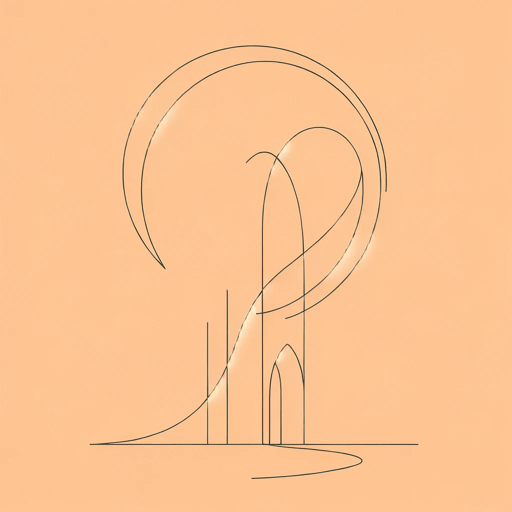
The Garden of Love
William Blake
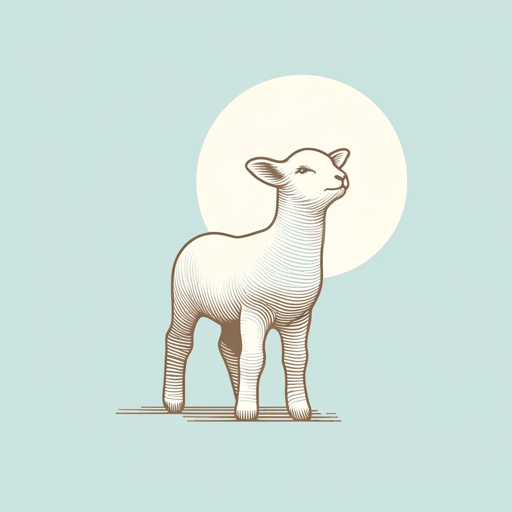
The Lamb
William Blake

The Little Boy Found
William Blake
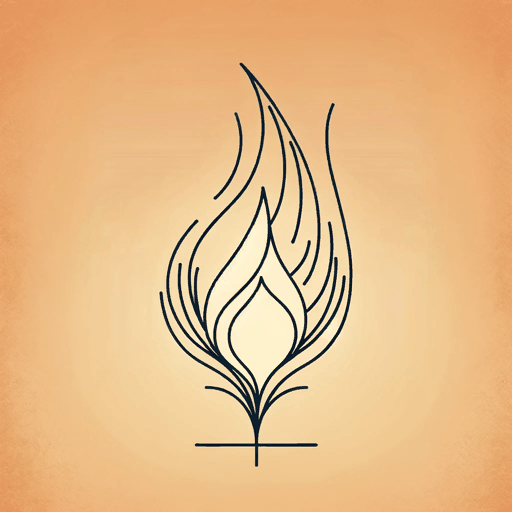
The Marriage of Heaven and Hell
William Blake
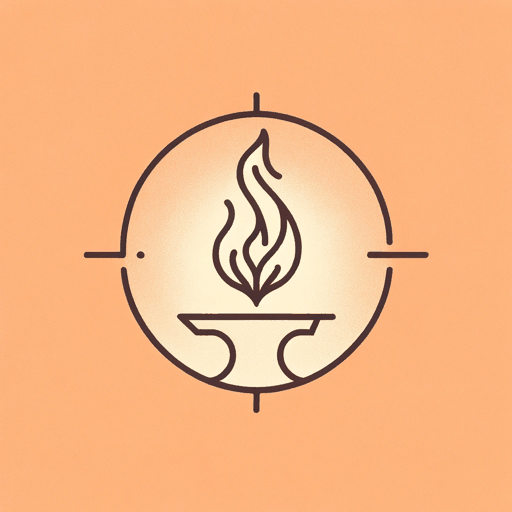
The Tyger
William Blake
